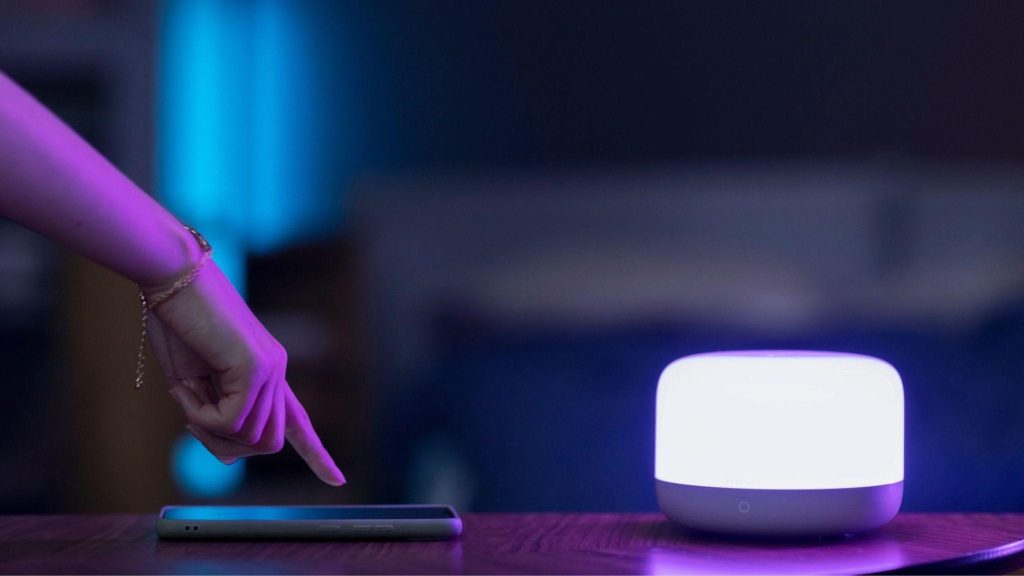In a time when technology shapes how we live, smart lighting is a game-changer in home automation. Offering convenience, efficiency, and customisation, smart lighting systems go beyond illumination, transforming how we interact with our spaces. This advanced approach not only enhances comfort but also contributes to energy savings and sustainability, making it an essential feature in modern homes.
What is smart lighting?
Smart lighting includes interconnected light fixtures and bulbs that are controlled remotely via a smartphone, voice commands, or a central hub. Placed as ceiling lights, these systems let users adjust brightness, colour, and even lighting schedules based on their preferences or routines.
Key features
Remote control
Smart lighting lets you control lights from anywhere using mobile apps. Whether at home or on the go, you can ensure your lights are turned off, dimmed, or adjusted to your needs.
Automation and scheduling
With programmable settings, smart lighting is scheduled to turn on or off at specific times. For instance, lights turn on automatically during sunset or dims before bedtime to create a relaxed ambience.
Voice control
Integration with virtual assistants like Alexa, Google Assistant, or Siri allows for hands-free operation. Simple commands like “dim the living room lights” or “turn off the bedroom lights” manage your home easily.
Energy efficiency
Most smart lighting systems use LED lights, which consume significantly less energy than traditional bulbs. Additionally, features like motion sensors ensure that lights are only used when needed.
Colour customisation
Many smart lights offer a range of colour options, enabling users to switch between warm and cool tones or create colourful ambiences for special occasions.
Applications of smart lighting
Living rooms: Use dimmable smart lights to set the mood for entertaining guests or watching a movie.
Bedrooms: Program lights to gradually brighten in the morning for a gentle wake-up or dim at night for better sleep.
Kitchens: Bright, task-oriented lighting improves visibility while cooking, while warm tones create a welcoming space for dining.
Outdoor areas: Smart lighting enhances security and aesthetics in gardens, patios, and driveways.
Tips for setting up smart lighting
Start small: Begin with a few key rooms before expanding your system to the entire house.
Choose compatible devices: Ensure your smart lights work with your existing smart home ecosystem.
Focus on connectivity: A strong Wi-Fi network or a dedicated hub is essential for seamless operation.
Experiment with routines: Test different schedules and settings to find what works best for your lifestyle.
Conclusion
Smart lighting represents the future of home illumination, combining technology, efficiency, and design. It enhances convenience and comfort while promoting sustainable living through energy savings. Whether upgrading your home or building a new one, incorporating smart lighting adds value and modern sophistication to your space. Embrace this innovative solution to light up your home smarter and brighter.
